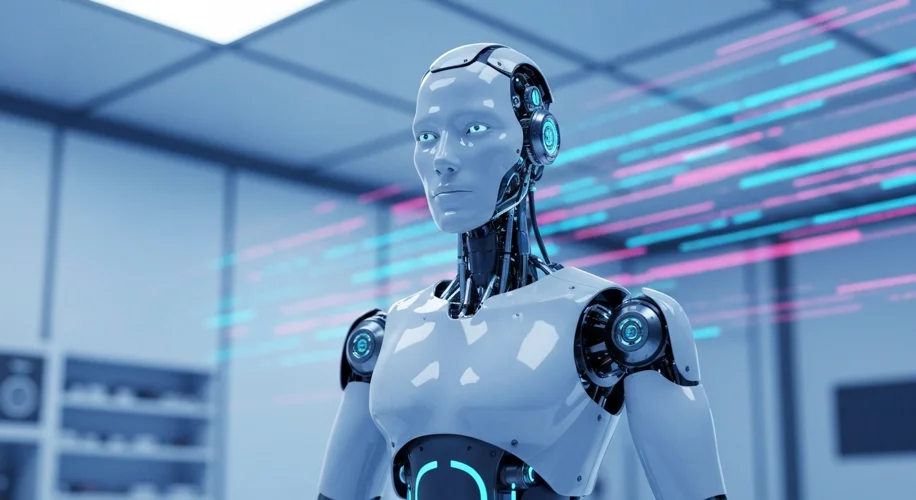Okay, so hear me out… China just unveiled a new humanoid robot, and this thing is seriously next level. We’re talking about a “brain” that can perform an insane 275 trillion operations per second. Yeah, you read that right. Trillion.
As someone deep into computer engineering and AI, this kind of stuff gets me genuinely excited. It’s not just about building a robot that looks like us; it’s about giving it the computational power to do things we haven’t even imagined yet.
So, what does this 275 trillion operations per second “brain” actually mean? Think about your everyday computer. Now multiply its processing power by a factor that’s almost impossible to comprehend. This level of speed allows for incredibly complex calculations, advanced learning, and much faster decision-making. For a humanoid robot, this could translate to smoother movements, more nuanced interactions, and the ability to process vast amounts of environmental data in real-time.
Imagine a robot that can learn a new skill almost instantly, or a robot that can adapt to unpredictable situations with human-like agility. This isn’t just about factory automation anymore. We’re talking about robots that could potentially assist in healthcare, exploration, or even creative fields.
The implications for human-robot interaction are huge. If a robot can process information and react at this speed, our interactions could become much more natural and intuitive. Instead of clunky commands, we might see more fluid conversations and collaborative efforts. It’s like the difference between a basic calculator and a supercomputer – the potential applications expand exponentially.
This advancement pushes the boundaries of what we thought was possible in robotics and AI. While there’s still a long way to go before we see these robots walking among us in everyday life, milestones like this are crucial. They show us the direction we’re heading and the incredible potential that lies within advanced AI and sophisticated hardware.
It’s a reminder that the future of technology is moving at warp speed, and staying curious and informed is key. What do you think about this massive leap in processing power for a humanoid robot? Let me know in the comments!

